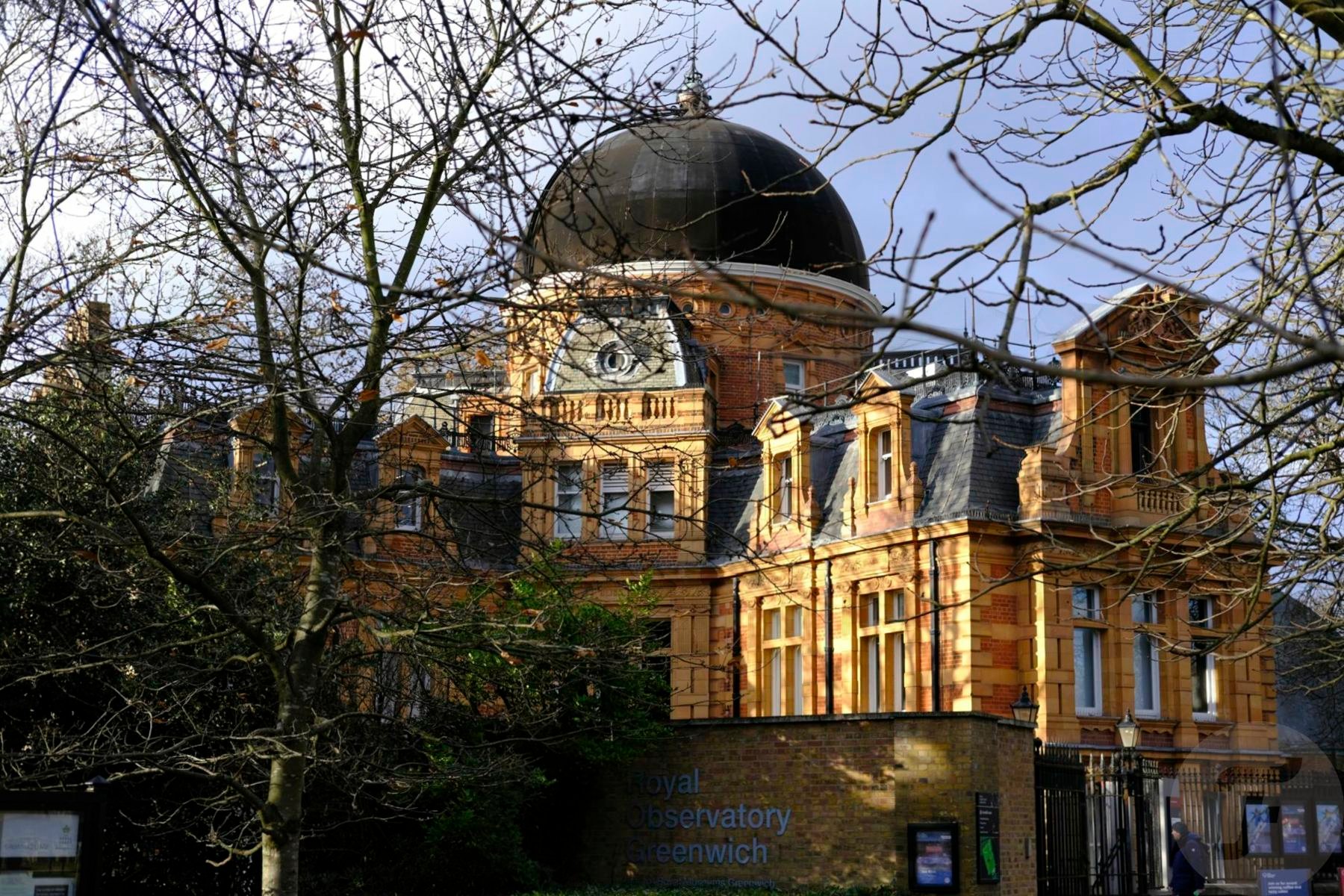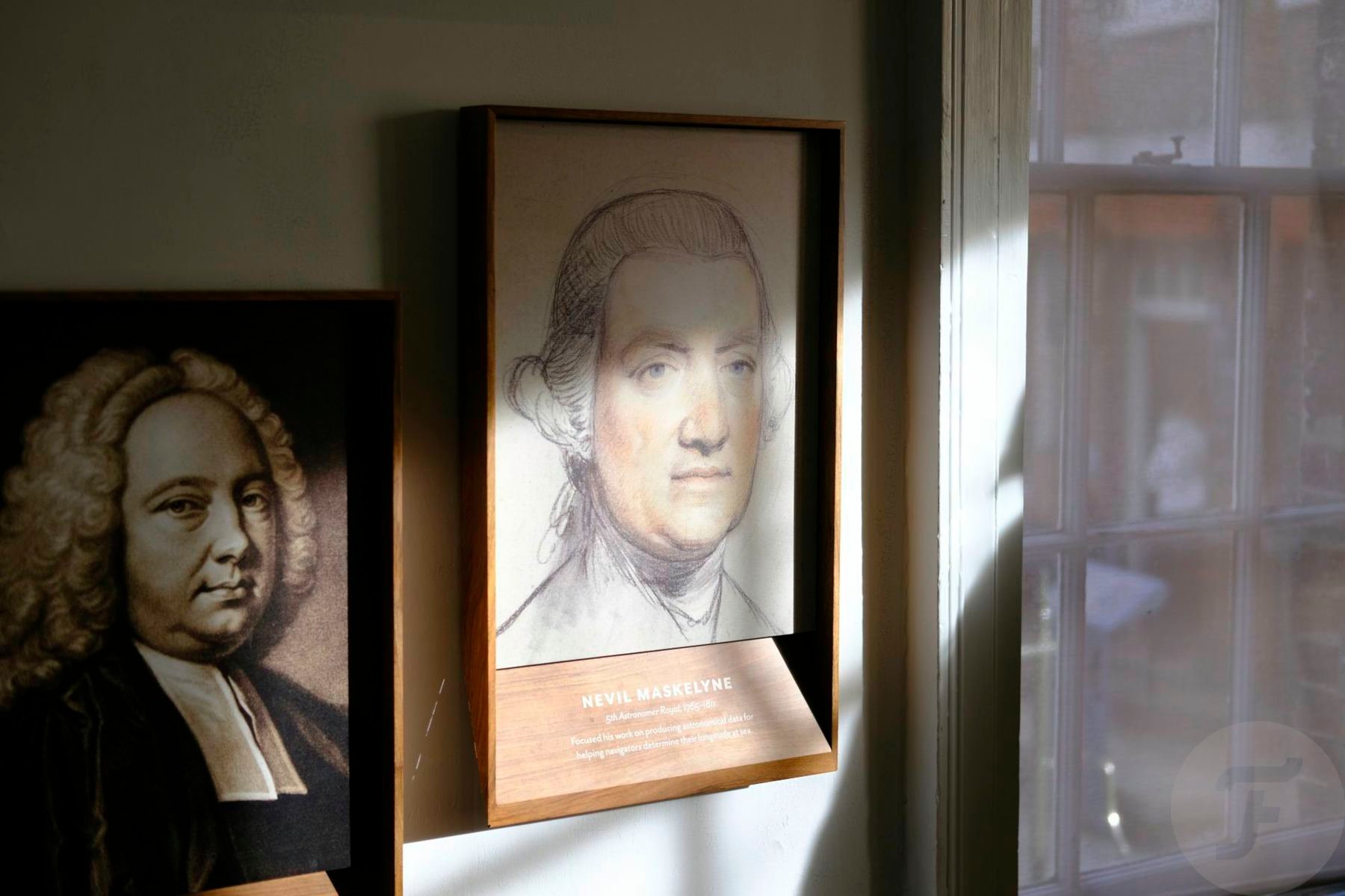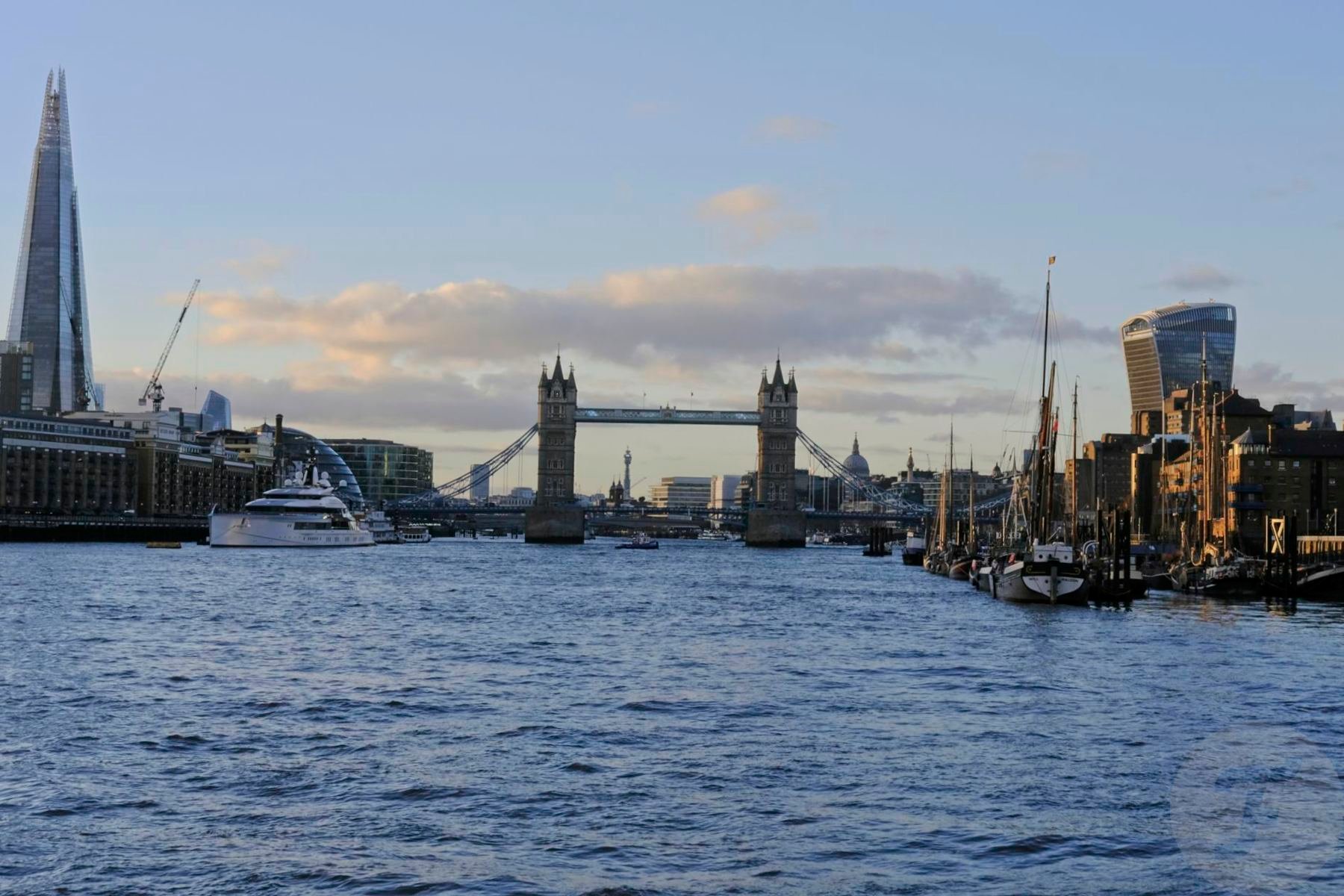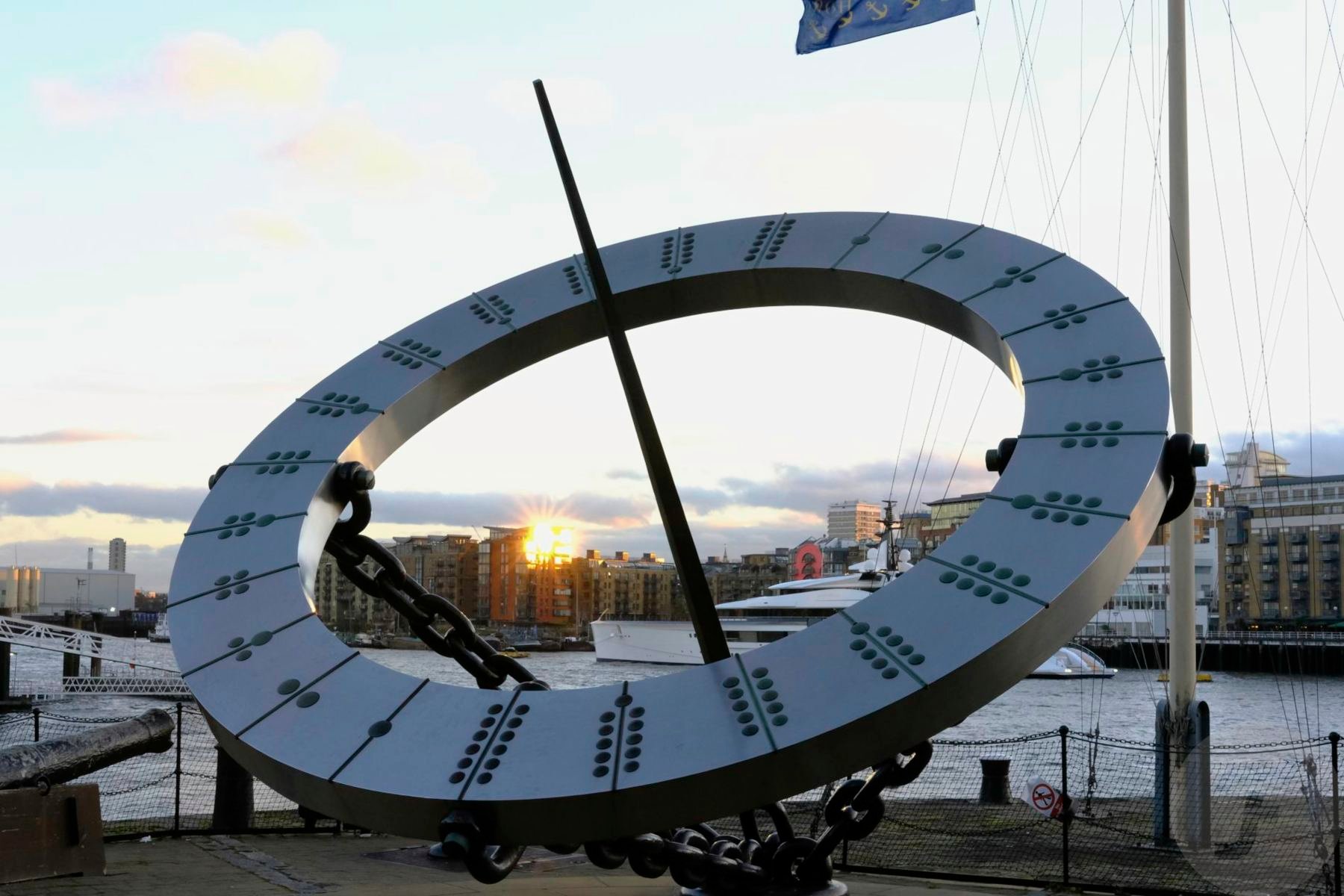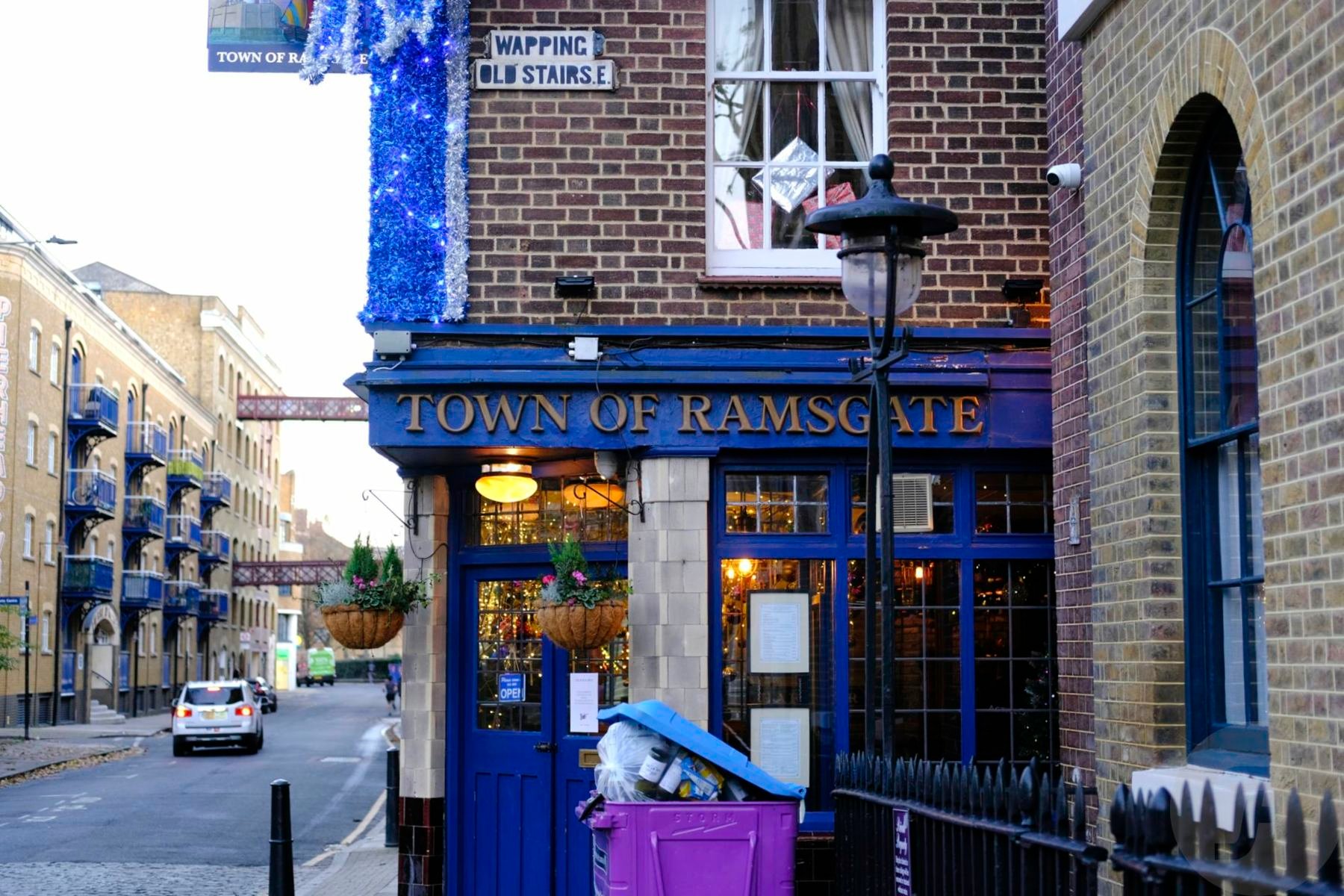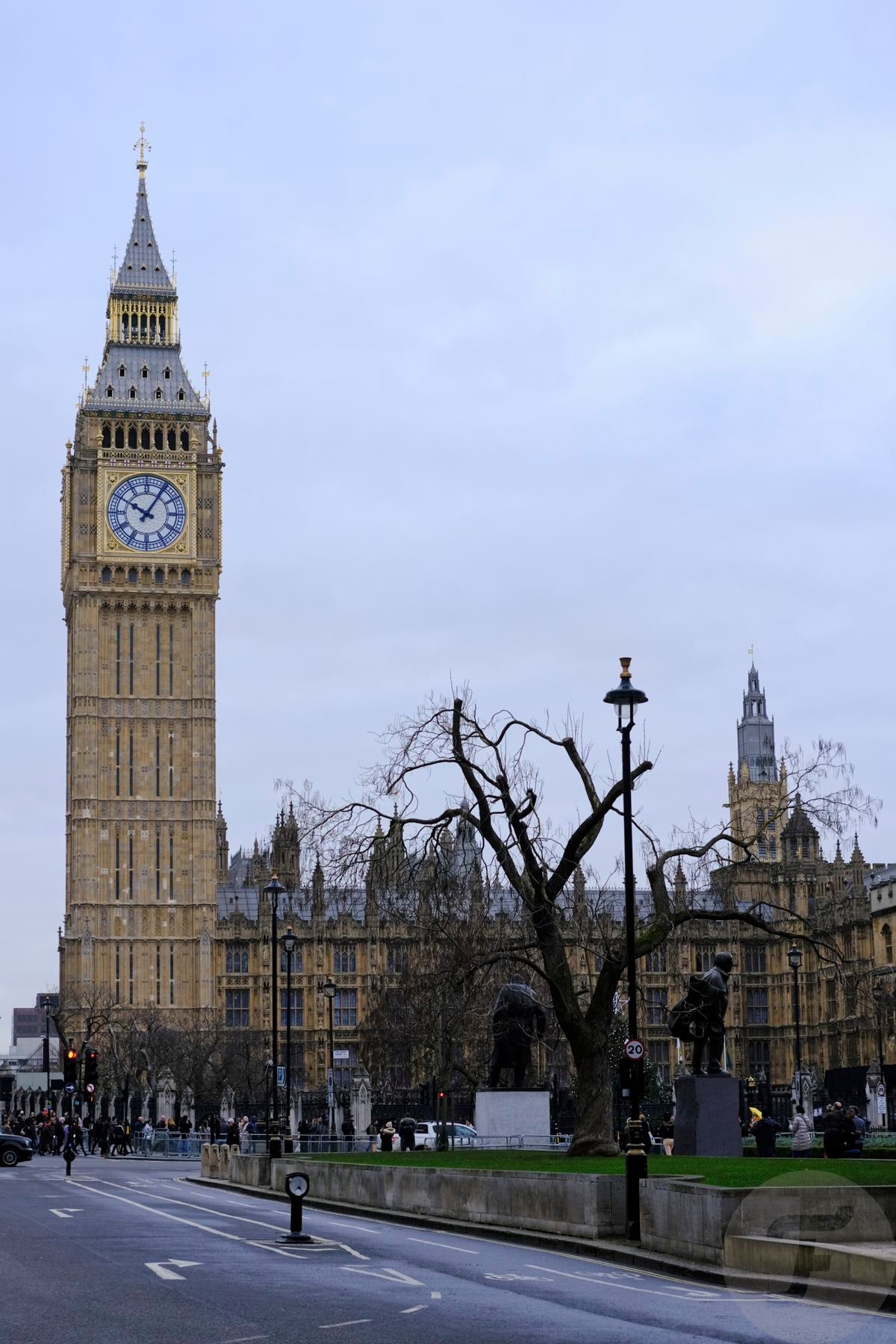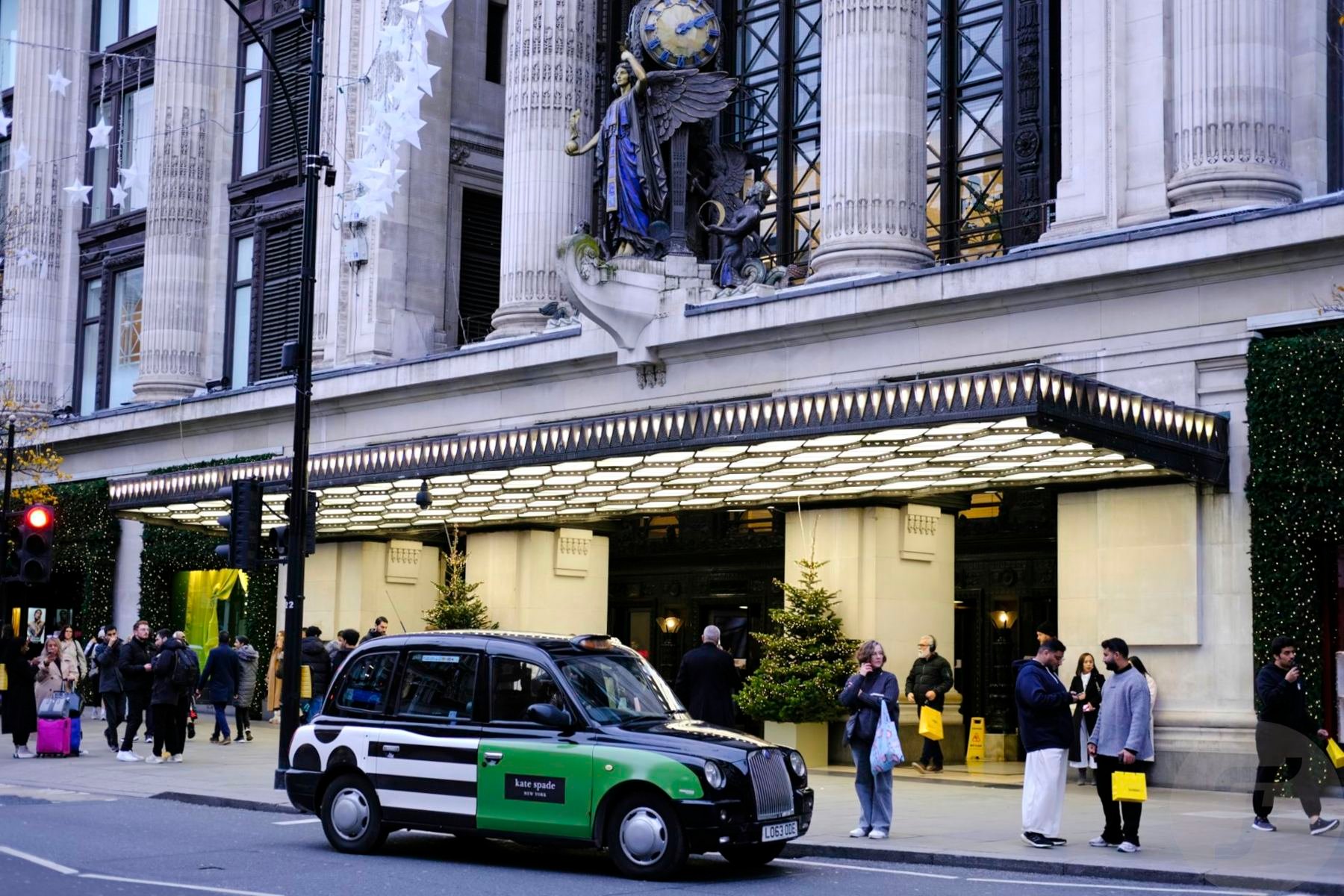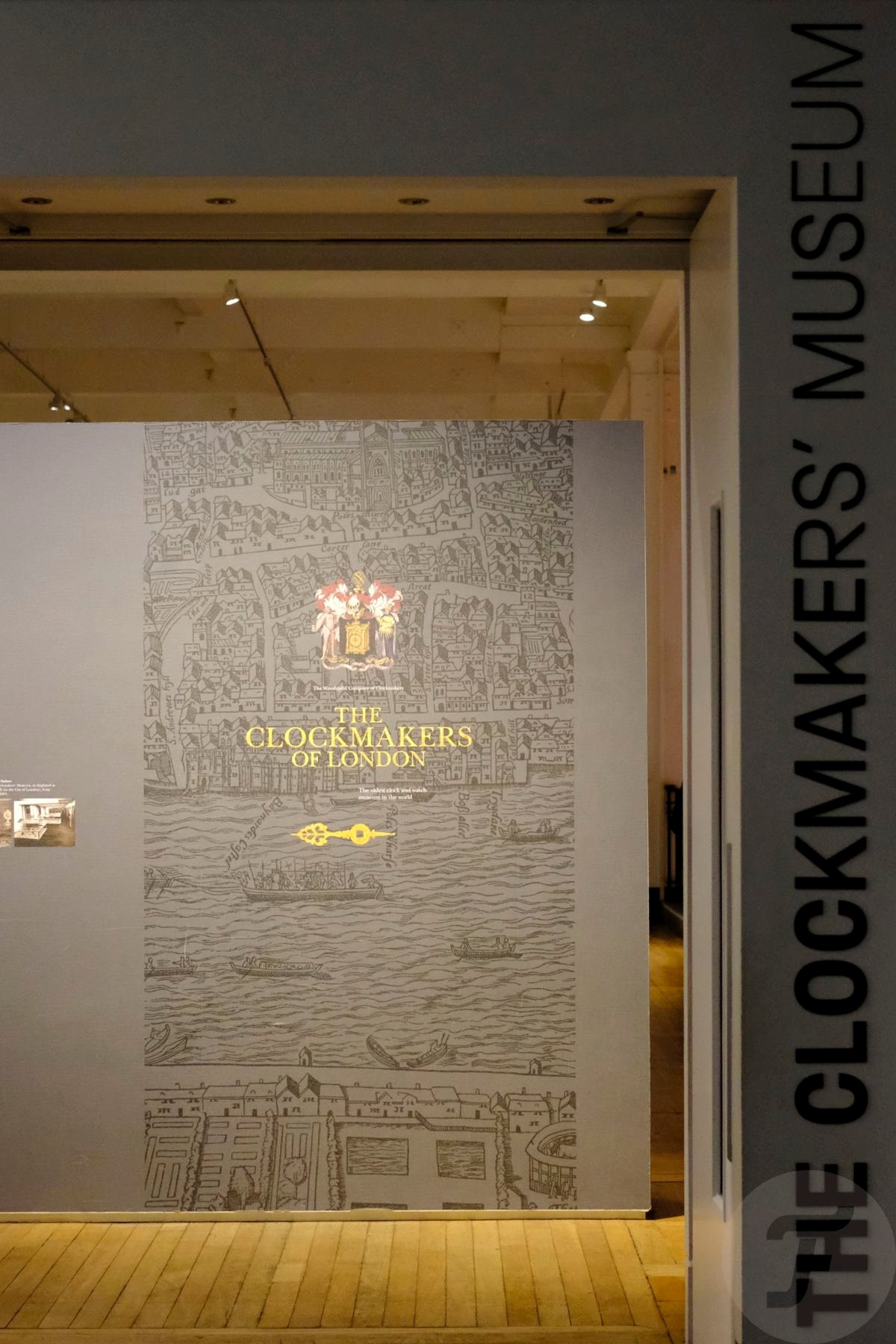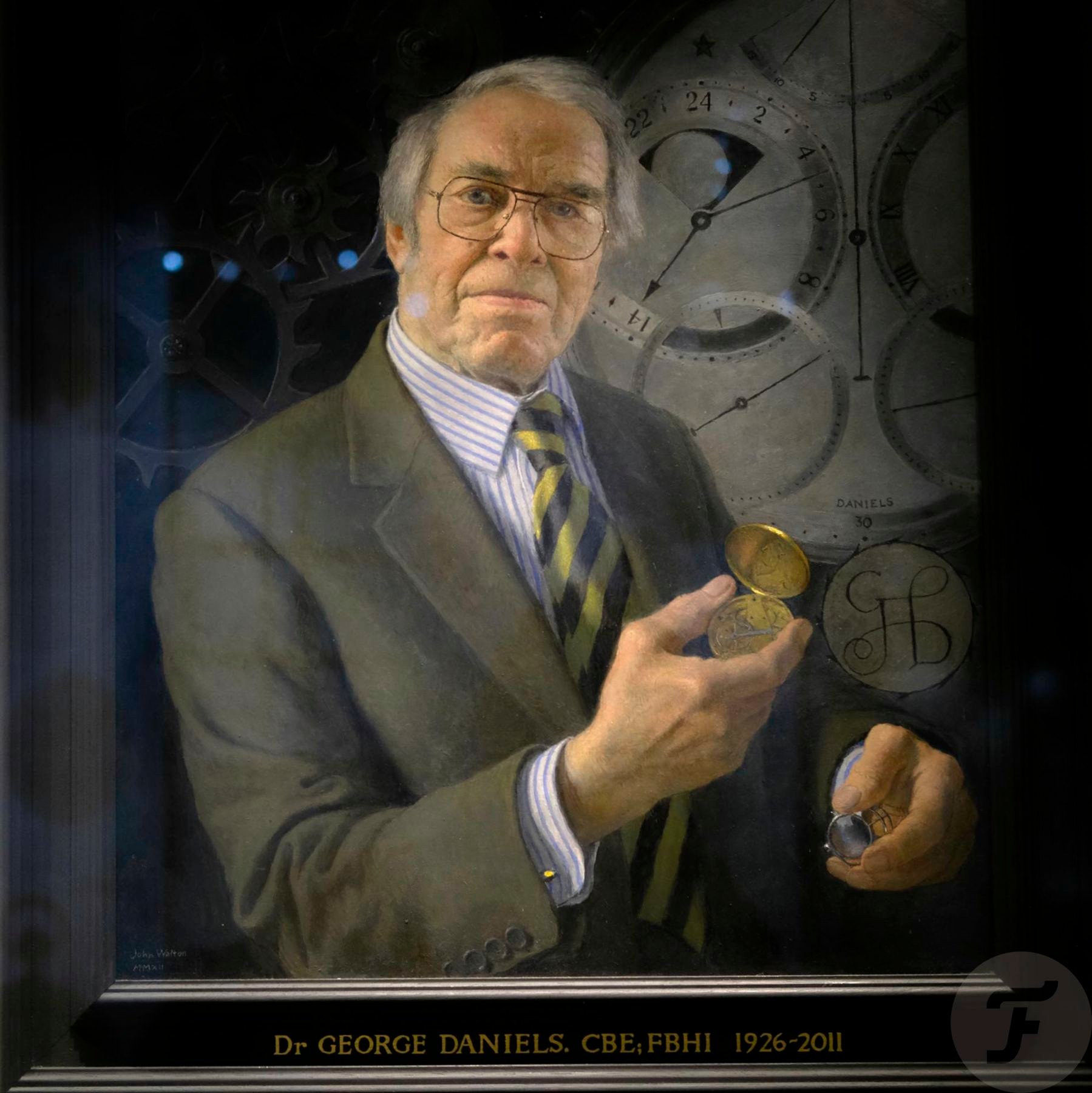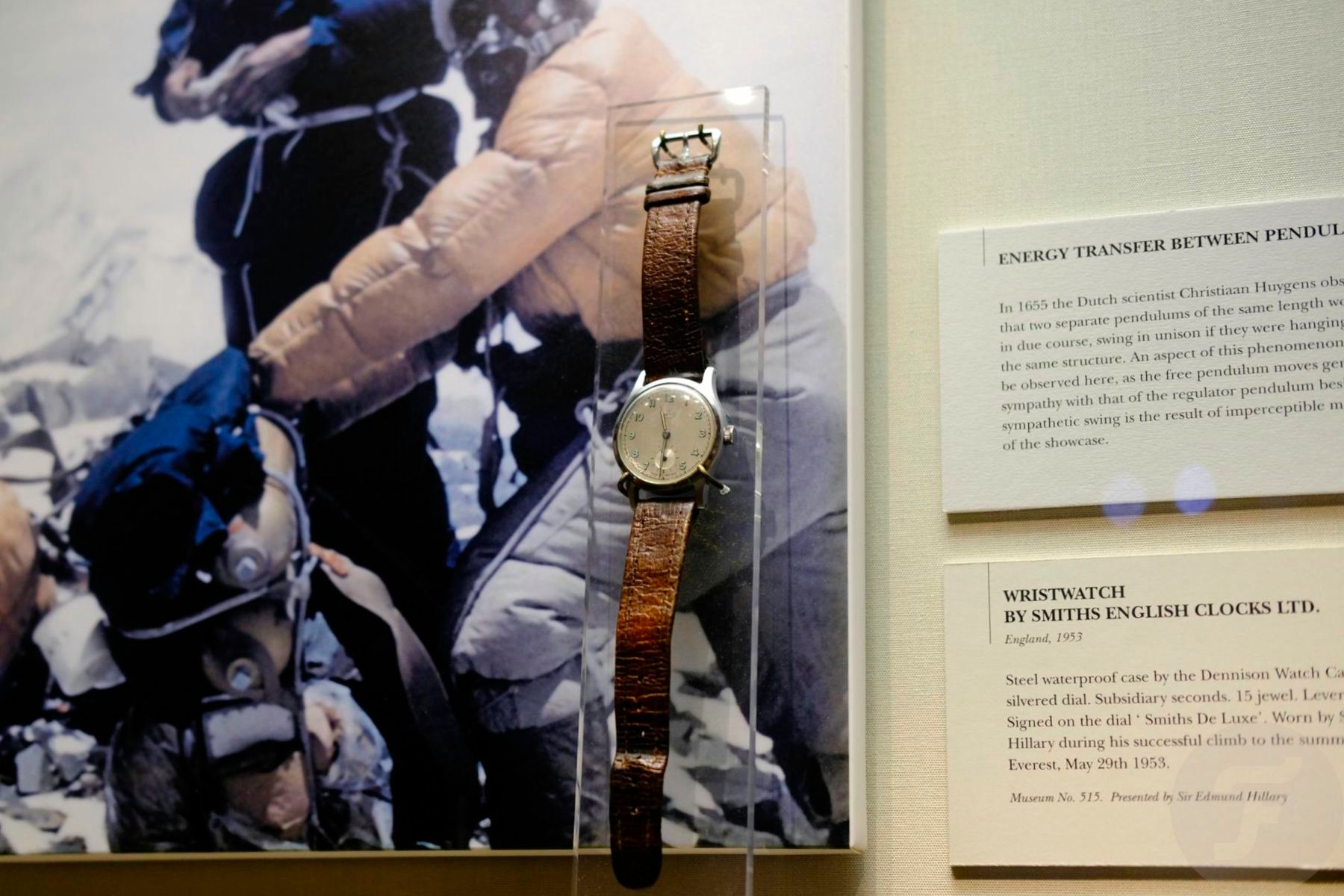A Time Tour Of London: Horological Highlights In England’s Premier City
The history of London spans thousands of years. It is a city built over cities, with the ancient past still present just beneath the surface. As the seat of power for the British Empire, London amassed incredible goods, technologies, and minds. Some of the best devices that measure time and the people who made them are part of London’s rich history. Today, that past can be explored amid a modern city.
I had the opportunity to spend three weeks in London during the winter holiday. While it was a long trip, I had a longer list of things that I wanted to do and see. I got to most of them but also left plenty for next time. As a watch enthusiast and casual history buff, experiencing London’s rich history with clocks, watches, and measuring time was high on my list. And while I didn’t purchase any new watches while I was there, London is a premier city for shopping for luxury goods such as watches.
In this article, I detail my horology-focused excursions through the city. While I had the luxury of time and broke up my experience over days, I suppose someone more driven could accomplish everything I did and saw in one. It comes down to prioritizing what you want to do. I wanted to see some of England’s (and the world’s) most important clocks and watches and enjoy some pints of good British ale. Because, yes, London’s horological history seeps into the nearby pubs as well.
Best of all, London’s public transportation is excellent. I was able to get everywhere I wanted to go using the Underground system, buses, and even the occasional boat.
The Royal Observatory Greenwich and Harrison’s chronometers
The first stop and highest on my list was visiting the Royal Observatory Greenwich. It’s no longer in use as an astronomical observatory and source of the official time for London. Today, it’s a museum that details the history of the observatory, the people who lived and worked there, and the development of measuring time over the centuries. Most importantly to me, the Royal Observatory houses all four of John Harrison’s revolutionary chronometers. For more details about Harrison and why his chronometers changed the world forever, check out my review of Dava Sobel’s book Longitude. In short, Harrison’s chronometers allowed for precise navigation at sea, pushing British trade and naval warfare into the modern age. The technologies built off of those initial clocks went on to support highly advanced processes, such as atomic timekeeping and GPS navigation.
Seeing all four chronometers in the metal was surreal. There they were, right in front of me. Furthermore, they were wound and running, which took me by surprise. It was a gift that the first three of Harrison’s chronometers had exposed mechanics. If not for seeing the mechanisms move and the advancement of the hands, I would not believe they were running as they were so smooth and quiet. For how precise and beautiful each piece was, it amazed me that these were born of the mind and hands of a mere carpenter.
Other sections of the observatory-turned-museum were interesting as well. It detailed the lives and living quarters of the appointed royal astronomers and their families. Much attention was given to Nevil Maskelyne, the fifth British Astronomer Royal, and his family. That was fitting, too, as he was John Harrison’s greatest detractor and worked tirelessly (yet unsuccessfully) to keep him from succeeding.
Clocks and stars
The rest of the Royal Observatory Greenwich is equally divided between showcasing the telescopes used for the observatory’s astronomy and a wide selection of clocks and watches that provide an eclectic snapshot into the history of timekeeping. An early example of an atomic clock sat across from Harrison’s chronometers, contrasting the old with the new and drawing a direct line between the two. Stately grandfather clocks sat next to digital alarm clocks. Each item was carefully identified and placed in the timeline of time.
Interestingly, the Greenwich Meridian Line, which originates at the Royal Observatory and is the basis for what we determine global longitude, was not the original meridian established by the observatory. As the building was expanded and new telescopes were built for better observations, meridian lines shifted to new locations. Older meridian lines can still be seen just mere meters from the long-lived and famous Greenwich Meridian.
Also present at the observatory is the Greenwich Time Ball, a red ball atop the observatory that drops precisely at 1:00 PM. The Greenwich Observatory was London’s source of accurate time for many years, and both the ball and “time sellers” were paramount to keeping the city on time. The time sellers used to synchronize a pocket watch to the observatory’s time and then go out into London and sell the correct time to businesses. We’ve come a long way, though it’s a job that I would’ve enjoyed.
Down the Thames to the oldest pub on the water
Concluding the tour of the Royal Observatory called for a pint and a bite to eat. My father, my tour guide and companion this first day, suggested a pub with strong connections to Harrison’s chronometers and naval exploration. I could not think of anything better.
So off we went, out of Greenwich Park and down the streets past many pubs that looked oh-so inviting but were not for us that evening. We just barely made it to the dock on time to board a Thames river ferry departing for back up into the city. We rode up top, in the biting wind, to better see the city go by in the setting sun. As much as I enjoyed taking the London underground everywhere for most of my time there, you can’t beat the view atop a ferry on the Thames.
Our stop was right next to the Tower Bridge, on the north side. We got off and walked south, past fancy hotels, old churches, and a sundial befitting our expedition. It was a quiet area of London, mostly newer apartment buildings interspersed with ancient façades. Our destination was a pub claiming to be the oldest pub on the Thames.
Ships and clocks
For a time-centric tour of London, anything claiming to be the oldest anything might be a worthy contender. However, London is too old of a city to allow that — I didn’t have a year to explore. So, while the Town of Ramsgate’s claim “oldest pub on the Thames” is a nice touch, that wasn’t the reason we were there.
But its age and waterfront location factored heavily into the reason. To make a long story short, following Captain Cook’s use and praise for marine chronometer K1, a copy of John Harrison’s H4, on its use on the ship HMS Beagle, Lieutenant William Bligh borrowed K2 for use on the HMS Bounty. The HMS Bounty was subject to a famous mutiny, with the crew stranding Lieutenant Bligh and his supporters on an island. The K2 was ultimately recovered. The Bounty ultimately sank.
So even if Bligh and the HMS Bounty have ties to the Royal Observatory Greenwich and John Harrison’s chronometers (or their successors), what connection does all this have to the Town of Ramsgate pub? Well, in 1787, Lieutenant William Bligh negotiated the purchase of the HMS Bounty over a pint at the Town of Ramsgate, then known as Ramsgate Old Town.
The Town of Ramsgate pub
The Town of Ramsgate is a small pub, as many historic pubs in England are. Over a couple of pints and a shepherd’s pie, it wasn’t hard to start imagining where Bligh had sat with the HMS Bounty‘s previous owner and negotiated the price of the vessel. My father and I sat near the back, the only place with a bit of quiet and privacy. There was a blocked-in fireplace behind us. That would’ve been where I’d sat to purchase a ship. And maybe it is where they sat. But just to be in that space where history occurred, significant and otherwise, was a surreal experience that I kept encountering with each new venture into London.
London’s Big Ben
No trip to London, time-centric or otherwise, is complete without seeing Big Ben. I went out another day on my own to visit more of London’s horological sites. Big Ben was the first stop.
Westminster Station of the London Underground lets out right across the street from the clock tower. It was an excellent reveal, emerging from underground to the majesty of some of London’s most important structures. I was lucky enough to arrive right before 10:00 AM, so I was able to hear the bells ring out the time. After a quick walk around the square there and taking some pictures, I was off, after a couple of non-time-related stops, to Oxford Street.
Oxford Street, London
Oxford Street is London’s high shopping street, lined with boutiques, flagship stores, and department stores. Like New York and other major metropolitan hubs, much of downtown London is excellent for shopping. But it’s on Oxford Street that you’ll find a lot of the best of what London has to offer.
Selfridges department store is one such destination. It’s a massive six-level building with everything from clothing and housewares to toys and, of course, watches. Watches are found in the aptly named Wonder Room. As you’d expect from other department stores, there are glass cases you can walk among, though the brands displayed are premium. Hublot, AP, and Breguet are just some of those present. But lining the showroom floor are store-within-store boutiques for Rolex, Cartier, and many more. If you’re in London and interested in buying a luxury watch but aren’t quite sure from which brand, the Wonder Room at Selfridges is your place. It’s also an excellent place to see many watches in the metal that you perhaps wouldn’t normally in your local shopping districts.
Boutiques
Back out on Oxford Street and the surrounding area, you can find several brand-specific watch boutiques. Longines, TAG Heuer, and Omega sit across the street from Selfridges. Swatch, with its London-exclusive models and MoonSwatch, is just down the way, and one of my favorite brands, Oris, is just around the corner on S. Molton St. Though the streets were busy with it so near to Christmas, the boutiques were not, letting one enjoy oneself. I wasn’t there to buy a watch but just do some window shopping and people-watching. After scratching that itch, I was off to my final destination for the evening.
London’s Clockmakers’ Museum
Touted as the oldest collection of watches and clocks in the world, the Clockmakers’ Museum within the Science Museum in London is a wonderland for any horological history buffs. It’s a natural companion to the Royal Observatory Greenwich, though it’s on the opposite end of London. Here on display are some of history’s most important makers of watches and clocks. This includes, though I somehow missed it, John Harrison’s fifth chronometer, dubbed “H5.”
The problem with clocks and watches is that a lot of them are really small. In a museum setting, it would be easy to take a dozen steps and pass hundreds of years of history and a million dollars worth of pocket watches quietly awaiting a passerby’s attention. I took my time in this museum within a museum as it’s understandably small. But within those few glass cases were timepieces unlike anything I’d ever seen.
The history of clock and watchmaking over 400 years is laid out in just about chronological order. The best from each era and watchmaker is represented. Finely engraved gold abounds. It was difficult to not get overwhelmed. Like shopping for cologne, I kept wanting some trick like a cup of coffee beans with which to reset my senses.
Some noteworthy articles
But I did see some absolute gems. On display until September 2024 is a collection of Abraham-Louis Breguet’s watches and personal letters as his work pertained to English watchmaking. I saw some unbelievable pocket watches. On display near the end was the handmade prototype for the “Anniversary” wristwatch by George Daniels and Roger Smith.
Perhaps most special to me as a tool-watch enthusiast was seeing, up close, the Smiths “De Luxe” wristwatch worn by Sir Edmund Hillary on his climb to the summit of Mt. Everest in 1953. There it was, right in front of me, with the same worn leather strap that Hillary used to attach the watch to himself before making history. That was cool.
London: a horologist’s dream
I made my way back to where I was staying after the Science Museum closed. But that was not the end of my adventure. As I said, I was in London for three weeks and didn’t even get to everything I wanted to do, though I did quite a lot. Most of my adventures weren’t related to horology, but even so, watches and clocks are inevitable in London. I saw the Seven Dials sundial while shopping for stationary and umbrellas. A walk south from Oxford Street along Saville Row took me near Burlington Arcade, which has an incredible selection of used and vintage luxury watches. Fortnum & Mason department store on Picadilly Street has an impressive automated cuckoo clock where likenesses of the two founders step out and bow to each other every hour.
Everywhere you turn, there are reminders of London’s past and a recognition of the inevitable march into the future. London straddles that juxtaposition more elegantly than many other cities. I cherish my time there and can’t wait to get back. It’s only a matter of time.

